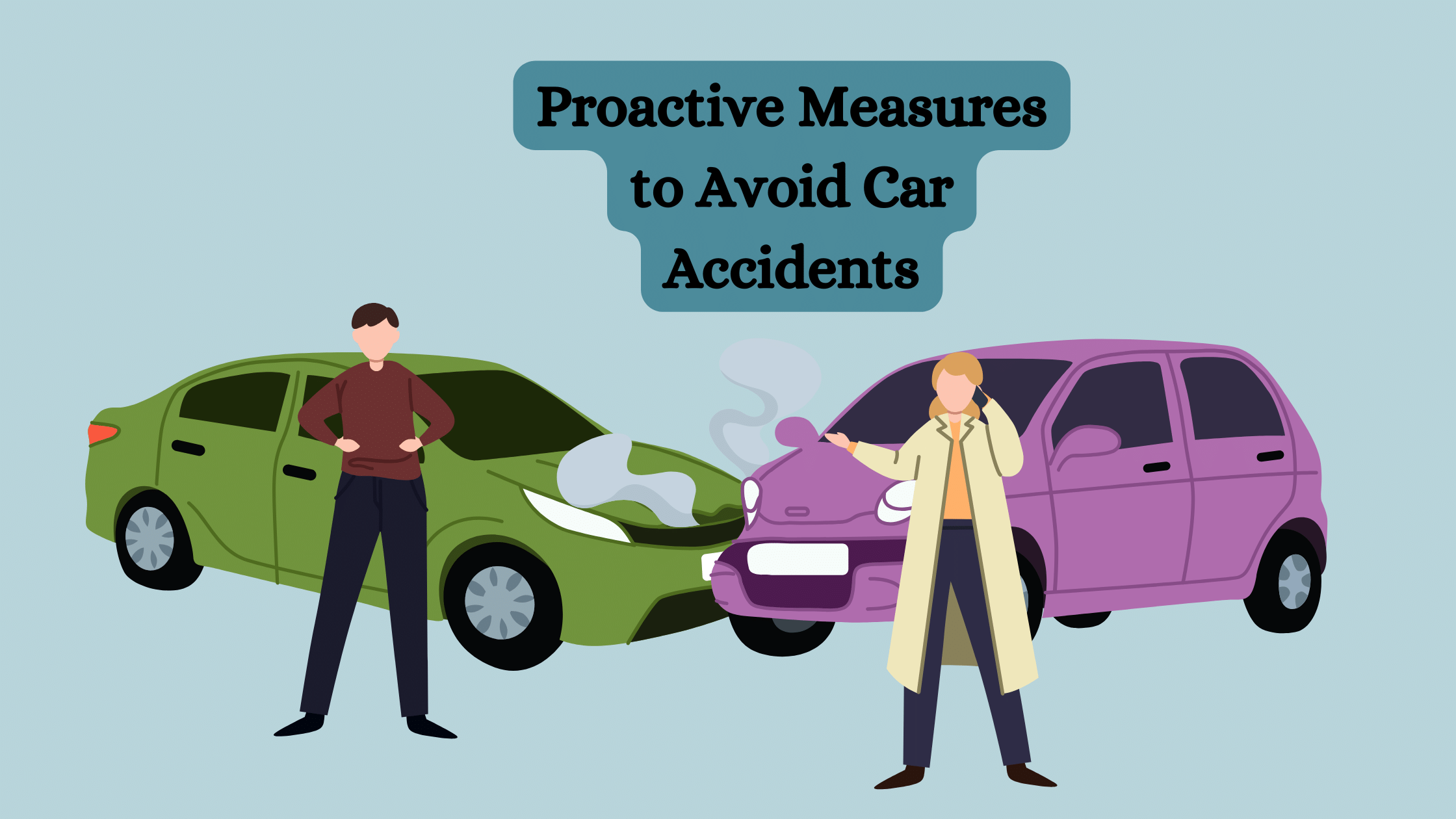
Navigating Decatur, GA intersections poses a daily challenge, with common accidents stemming from speeding through red lights and confusion at 4-way stops. These collision hotspots, often near highways or high-traffic areas, witness frequent misjudgments by drivers on time and space. Blind spots and unclear signs contribute to mishaps, necessitating immediate legal action.
Safety must take the driver’s seat in the hustle of Decatur’s intersections. Embrace a proactive approach to dodge accidents—heed traffic rules, exercise patience at 4-way stops, and resist the temptation to beat red lights. Prioritize clear communication with fellow drivers, especially in heavy traffic or blind spot zones. In the unfortunate event of an accident, seeking guidance from a personal injury attorney in Decatur becomes essential for navigating the legal intricacies and ensuring a comprehensive approach to recovery.
With that being said, let’s take a look at the steps to take to avoid car accidents.
Regular Vehicle Maintenance
Ensuring that a vehicle is well-maintained is crucial for overall safety on the road. Regularly checking tires for proper inflation and tread depth can help maintain traction, especially in adverse weather conditions. Additionally, replacing worn-out wiper blades and ensuring functioning headlights, taillights, and turn signals contribute significantly to visibility.
Avoid Distracted Driving
Distracted driving has become one of the leading causes of car accidents in recent years. To avoid distractions while driving, encourage passengers to refrain from engaging in activities that could divert the driver’s attention. It is equally important for drivers to stay focused solely on operating their vehicles rather than responding to phone calls or navigation systems.
Observing Traffic Laws
Traffic laws exist for good reason – they were designed to keep everyone safe on the roads. Observed speed limits minimize the risk of losing control of a vehicle and provide enough time for necessary responses in hazardous situations. Stopping at red lights and stop signs not only reduces the possibility of intersection collisions but also encourages responsible behavior among fellow drivers.
Maintaining Safe Distances
Maintaining an appropriate following distance behind other vehicles allows for sufficient reaction time in case of sudden stops or emergencies. The general rule suggests a three-second following distance under normal conditions, while it should be extended during inclement weather or unfavorable road conditions.
Remaining Vigilant
Being alert is key to avoiding potential hazards and dangerous situations while driving. Continuously scanning the surroundings enables early detection of any disturbances or obstacles, like pedestrians or cyclists entering the roadway.
Moderating Aggressive Behavior
Aggressive driving tends to escalate roadway conflicts and has the potential to result in serious accidents. Reckless maneuvers increase the risk for both drivers involved. Parents can play a crucial role in firmly discouraging aggressive driving habits from an early age and setting a good example while behind the wheel.
Designated Driver
Driving under the influence is not only illegal but also poses a significant threat to road safety. If planning on consuming alcohol or any substance that impairs judgment, it is essential to arrange alternative transportation beforehand, such as having a designated driver or using ride-sharing services.
Proper Use of Seat Belts
Seat belts are designed to protect vehicle occupants in case of an accident but are only effective when worn correctly. Drivers should make sure that everyone in their vehicle buckles up before setting off. As wearing seat belts has proven to save lives and reduce injuries significantly, it is one of the simplest and most vital preventative measures against car accidents.
Watch Out for Pedestrians and Cyclists
Being mindful of pedestrians and cyclists sharing road space promotes harmonious traffic flow and helps avoid potential accidents. Near schools, parks, or residential areas with high pedestrian activity, drivers need to take extra precautions by reducing speed and keeping an eye out for unsuspecting pedestrians.
Implement Defensive Driving Techniques
Defensive driving involves anticipating hazards coming from other drivers and taking preventative action accordingly. Utilizing defensive driving techniques enables individuals to navigate through challenging traffic situations safely.
Conclusion
While we can’t eliminate car accidents entirely, we can significantly reduce the risk by taking proactive safety measures. Regular vehicle maintenance, avoiding distractions, following traffic laws, maintaining safe distances, and being vigilant are crucial. Also, curb aggressive behavior, designate sober drivers, promote seat belt use, and be mindful of pedestrians. By adopting these practices, we prioritize safety, creating a secure driving environment. So, always remember to put ‘safety first’ as you get behind the wheel.